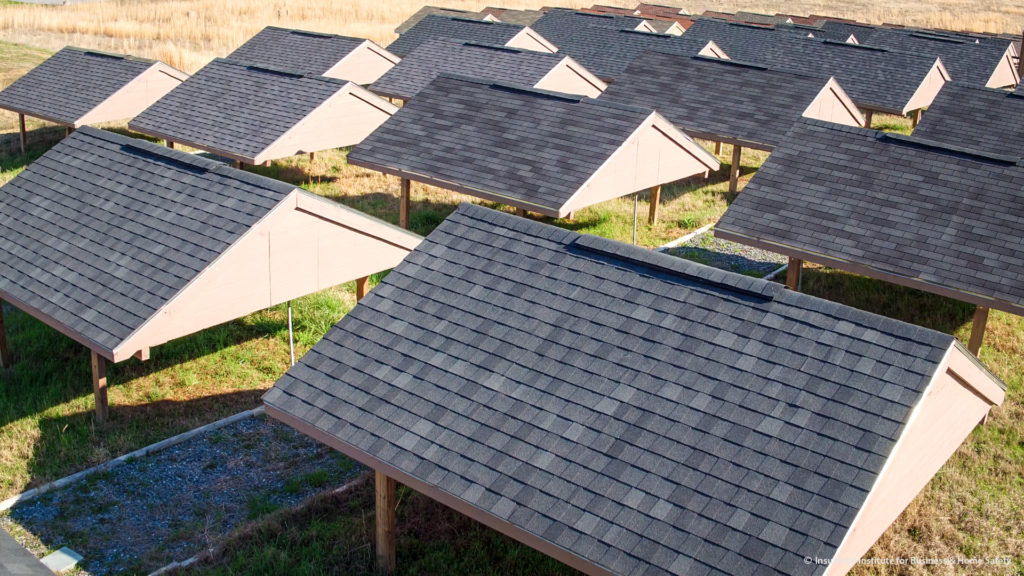As disaster season approaches, finding ways to improve the understanding of how different roof materials age under real-world conditions is critical to manufacturing products that can stand up to the worst Mother Nature has to offer.
The Alabama Insurance Underwriting Association (AIUA) has partnered with the Insurance Institute for Business & Home Safety (IBHS) to develop a roof aging farm in Foley, Alabama. This longer-term research project will help determine how different roofing materials are impacted by weather and aging in real-world conditions.
Graham Creek features nearly 500 acres of natural habitats including pine savannas, bottomland wetlands, mixed forests and tidal marshes.

The Foley roof aging farm consists of two 15-foot x 30-foot structures, each equipped with multiple panels that will be evaluated over a 20-year period (assessed in five-year intervals), to determine which kinds of roofs better resist weather damage and how different climates play a part. Panels will be tested for wind, fire and impact resistance. Additionally, a solar-powered onsite weather station will continually collect data, documenting temperatures, humidity and solar radiation levels.
“This unique research project at Graham Creek Nature Preserve is a tremendous opportunity for AIUA and IBHS to gather important information about roofing materials that may help local homeowners save money on roof repairs and replacements,” said Sue Cook, chair of the AIUA board of directors. AIUA is a long-time member of IBHS. “By investing in this innovative project and partnering with IBHS, AIUA hopes to help policyholders understand the benefits of choosing upgraded construction materials for their homes by testing different materials exposed to all types of weather conditions in a Gulf Coast environment.”
The Foley project will further benefit the local community as the two structures will serve as shaded pavilions for park patrons.
In addition to Foley, IBHS has developed roof aging farms in several other geographic locations in the U.S. to test the impact of different climates. This includes Amelia, Ohio; Madison, Wisc.; Olathe, Kan.; and Richburg, S.C.
“Property/casualty claim studies have identified lower performance for older roofs, as products are exposed to the natural elements and degrade, with the amount of degradation expected to vary with the local environment,” said Tanya Brown-Giammanco, Ph.D., vice president, research at IBHS. “Adding a roof aging farm in a Gulf Coast community like Foley will bring a fresh perspective and critical climate to our research program. Natural aging of roofs in various climates, coupled with systematic testing for wind and impact resistance, will provide us with invaluable data to improve vulnerability assessments.”
Source: IBHS/AIUA
Was this article valuable?
Here are more articles you may enjoy.


 Toyota Unveils Concept LFA Supercar, and It’s Fully Electric
Toyota Unveils Concept LFA Supercar, and It’s Fully Electric  Asahi Sales Drop Worsens as Cyber Hack Disruption Lingers
Asahi Sales Drop Worsens as Cyber Hack Disruption Lingers  Losses Top $20 Billion in Asia Floods as Climate Risks Grow
Losses Top $20 Billion in Asia Floods as Climate Risks Grow  NYT, Chicago Tribune Sue Perplexity AI as Copyright War Rages On
NYT, Chicago Tribune Sue Perplexity AI as Copyright War Rages On 